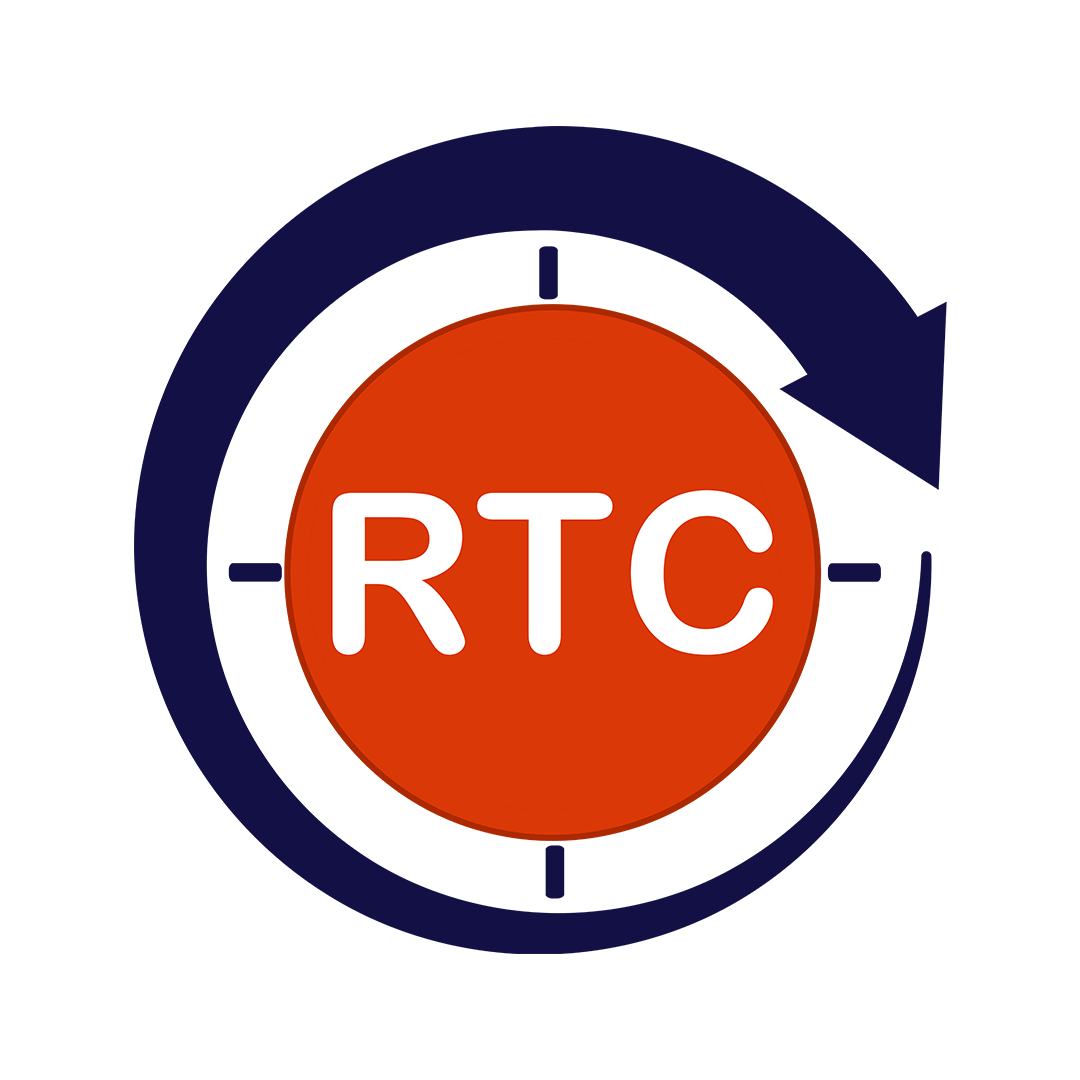The Voluntary Product Accessibility Template (VPAT) is an essential tool for businesses committed to digital accessibility. It enables organizations to document a product’s compliance with accessibility standards, ensuring inclusivity for users with disabilities. However, choosing the right VPAT for your product can be a complex process that requires careful consideration. This guide will walk you through the key factors to consider and how to make an informed decision.
Table of Contents
ToggleUnderstanding VPAT and Its Importance
The VPAT is a standardized document that outlines a product’s compliance with accessibility standards, including:
Section 508 (Rehabilitation Act of 1973): Applicable to U.S. federal agencies.
WCAG 2.0/2.1 (Web Content Accessibility Guidelines): Industry standards for web accessibility.
EN 301 549 (European Accessibility Standards): Required for the European market.
By completing a VPAT, organizations can provide transparency about their product’s accessibility features, enabling buyers to make informed decisions. Compliance with accessibility standards not only fulfills legal obligations but also enhances user experience and broadens market reach.
Different Types of VPAT Versions
There are multiple VPAT versions available, each tailored to specific compliance standards:
WCAG VPAT: Focuses on web content accessibility, ideal for websites, web applications, and mobile apps.
Section 508 VPAT: Designed for U.S. government contracts and federally funded organizations.
EN 301 549 VPAT: Essential for selling products in the European Union.
International VPAT: A comprehensive option covering multiple standards, suitable for global products.
Choosing the right version depends on your product’s target market and intended audience.
Steps to Choosing the Right VPAT
Selecting the right Voluntary Product Accessibility Template (VPAT) is crucial for ensuring accurate representation of your product’s accessibility compliance. With multiple VPAT types tailored to different standards like WCAG, Section 508, and EN 301 549, identifying the one that aligns with your specific needs can be challenging. The process requires a clear understanding of your target market, applicable regulations, and the accessibility features of your product.
Here are the key steps to choosing the right VPAT to streamline your compliance efforts and effectively showcase your product’s accessibility credentials.
Identify Your Target Market
Understand the geographical regions and industries your product will serve. For example:
Products targeting the U.S. government require a Section 508 VPAT.
Products marketed globally may benefit from an International VPAT.
Evaluate Product Features
Assess which accessibility features your product already meets and identify gaps. This will help determine the most relevant VPAT version and prioritize updates.
Consult Accessibility Experts
Working with accessibility consultants can provide insights into:
The specific compliance standards relevant to your industry.
Tailored recommendations for completing the VPAT.
Test Your Product’s Accessibility
Conducting thorough accessibility testing ensures accurate representation in the VPAT. Automated tools and manual testing by users with disabilities can help identify and address issues.
Prepare Supporting Documentation
Ensure you have clear documentation of your product’s features, test results, and compliance measures. This will streamline the VPAT completion process.
Common Challenges in VPAT Selection
Selecting a Voluntary Product Accessibility Template (VPAT) is a critical step for organizations aiming to demonstrate their commitment to digital accessibility. However, the process is not without its challenges. Some of the common challenges include:
Understanding Complex Standards
Navigating the nuances of various accessibility standards can be overwhelming, especially for teams new to accessibility compliance.
Incomplete Testing
Without comprehensive testing, a VPAT may fail to accurately represent your product’s accessibility, leading to potential legal and reputational risks.
Changing Regulations
Accessibility regulations evolve frequently, requiring ongoing updates to ensure compliance.
Limited Resources
Smaller organizations may lack the expertise or budget to manage accessibility compliance effectively.
How Round The Clock Technologies Can Help
At Round The Clock Technologies, we specialize in delivering end-to-end accessibility solutions, including VPAT creation and consultation. Here’s how we can assist:
Expert Guidance
Our accessibility experts stay updated with the latest standards, ensuring that your VPAT aligns with current regulations. We help you select the appropriate VPAT version based on your product and target market.
Comprehensive Accessibility Testing
We use a combination of automated tools and manual testing to evaluate your product’s accessibility thoroughly. This ensures that the VPAT accurately reflects your product’s compliance.
Tailored Recommendations
Our team provides actionable insights to enhance your product’s accessibility, helping you achieve compliance and improve user experience.
Effortless Documentation
We streamline the VPAT documentation process, saving your team time and effort while ensuring accuracy.
Ongoing Support
Accessibility is an ongoing commitment. We offer continuous support to keep your VPAT up-to-date with evolving standards and market needs.
Conclusion
Choosing the right VPAT for your product is a critical step toward ensuring digital accessibility and compliance with global standards. By understanding the various VPAT versions, evaluating your product’s features, and addressing common challenges, you can make an informed decision that benefits your organization and users alike.
With Round The Clock Technologies as your partner, you gain access to unparalleled expertise and comprehensive services that simplify the process. Let us help you navigate the complexities of accessibility compliance and deliver products that are inclusive for everyone. Contact us today to learn more.

